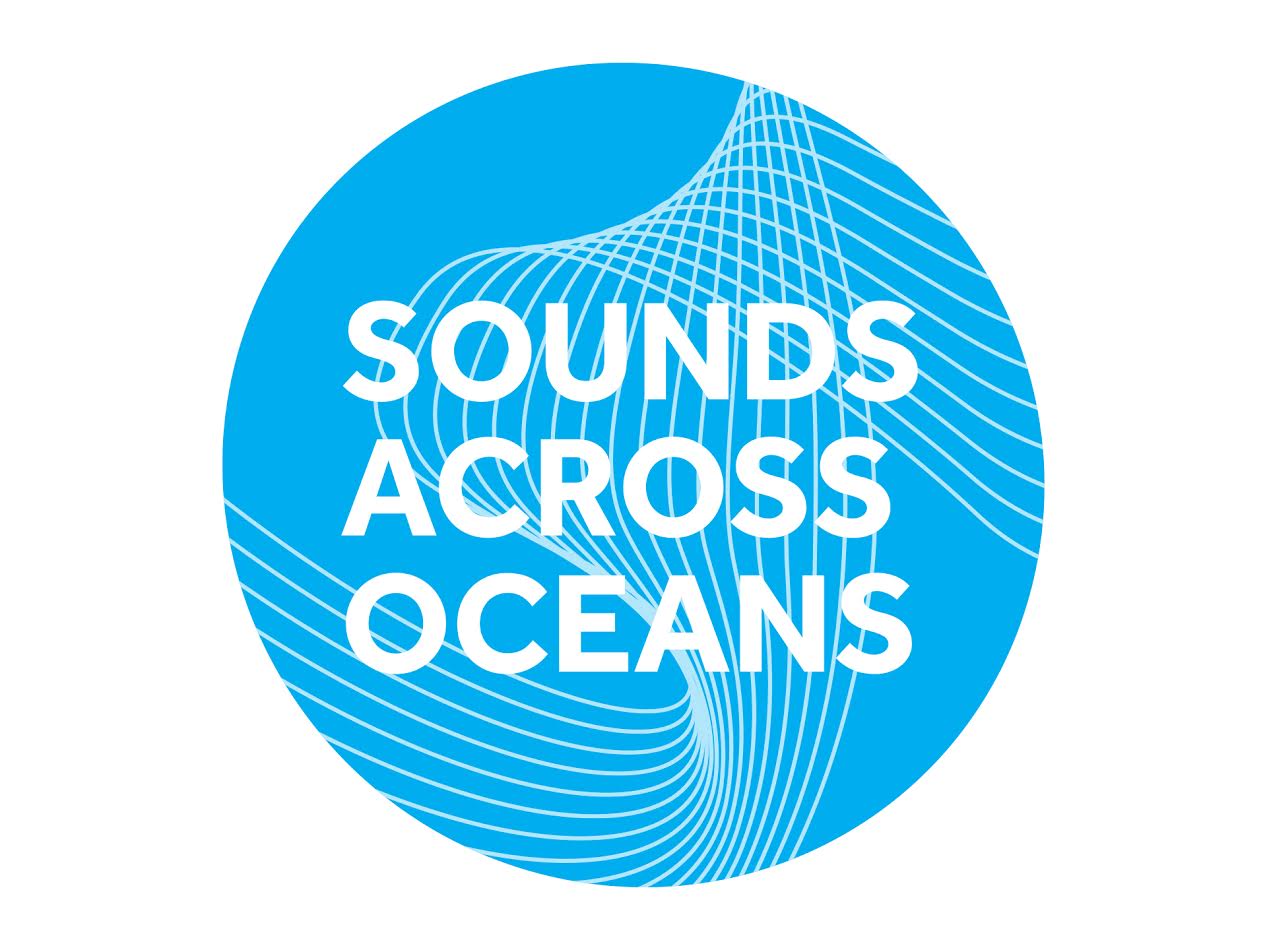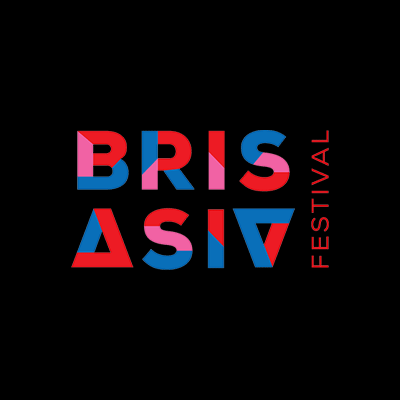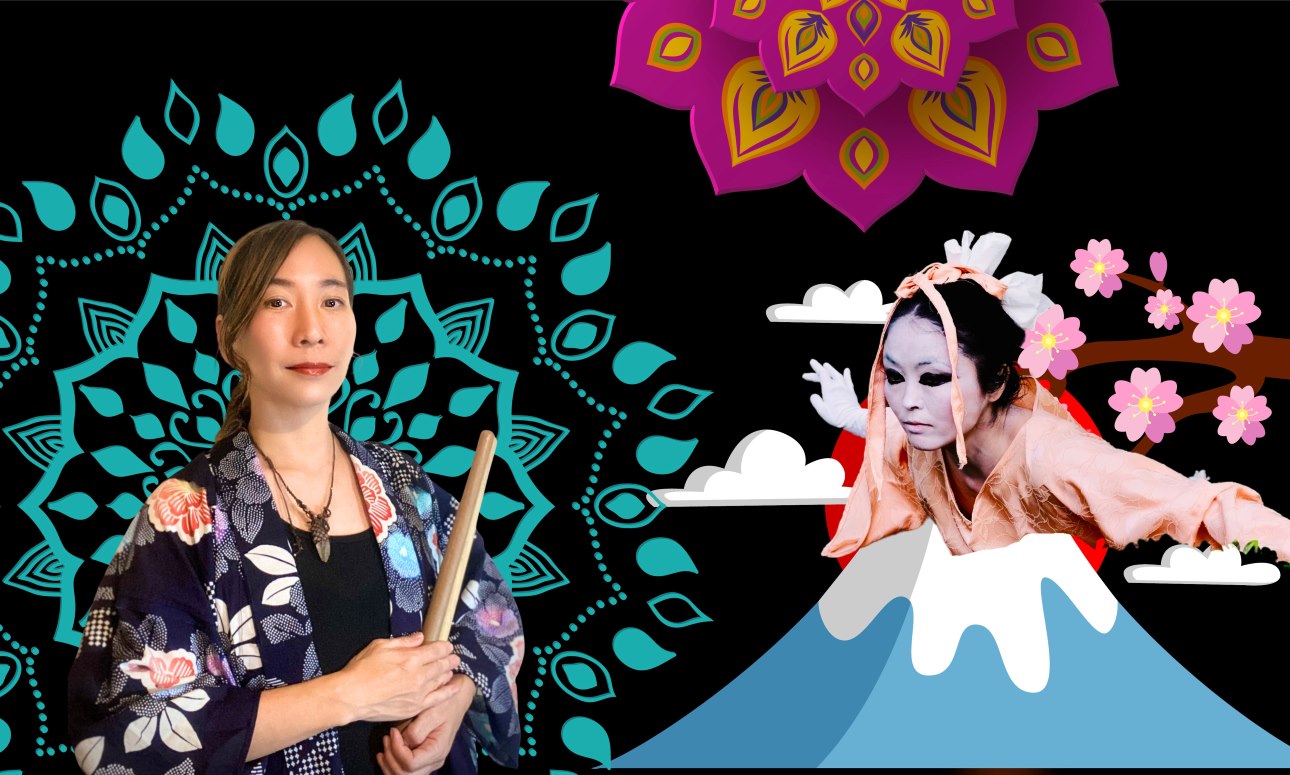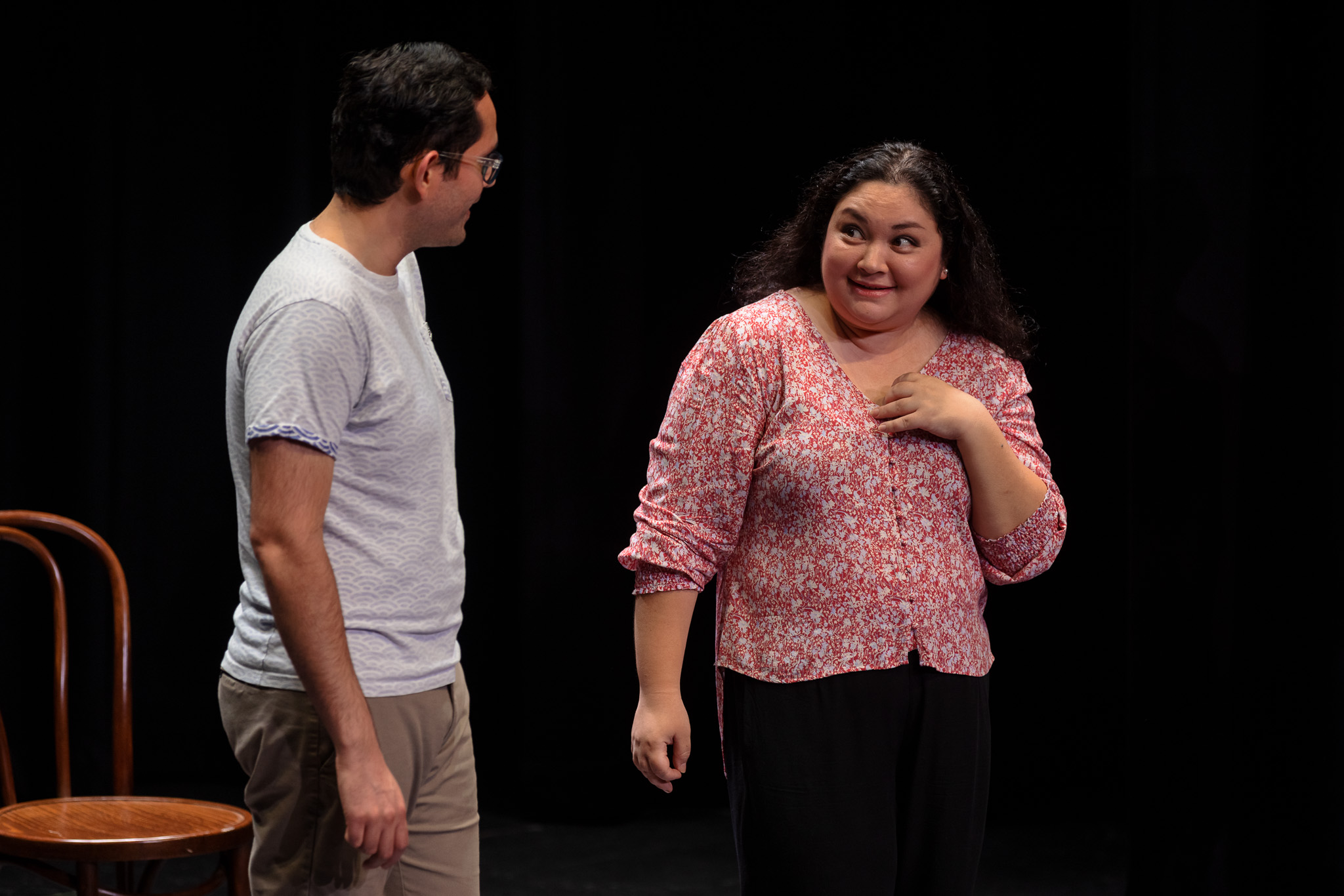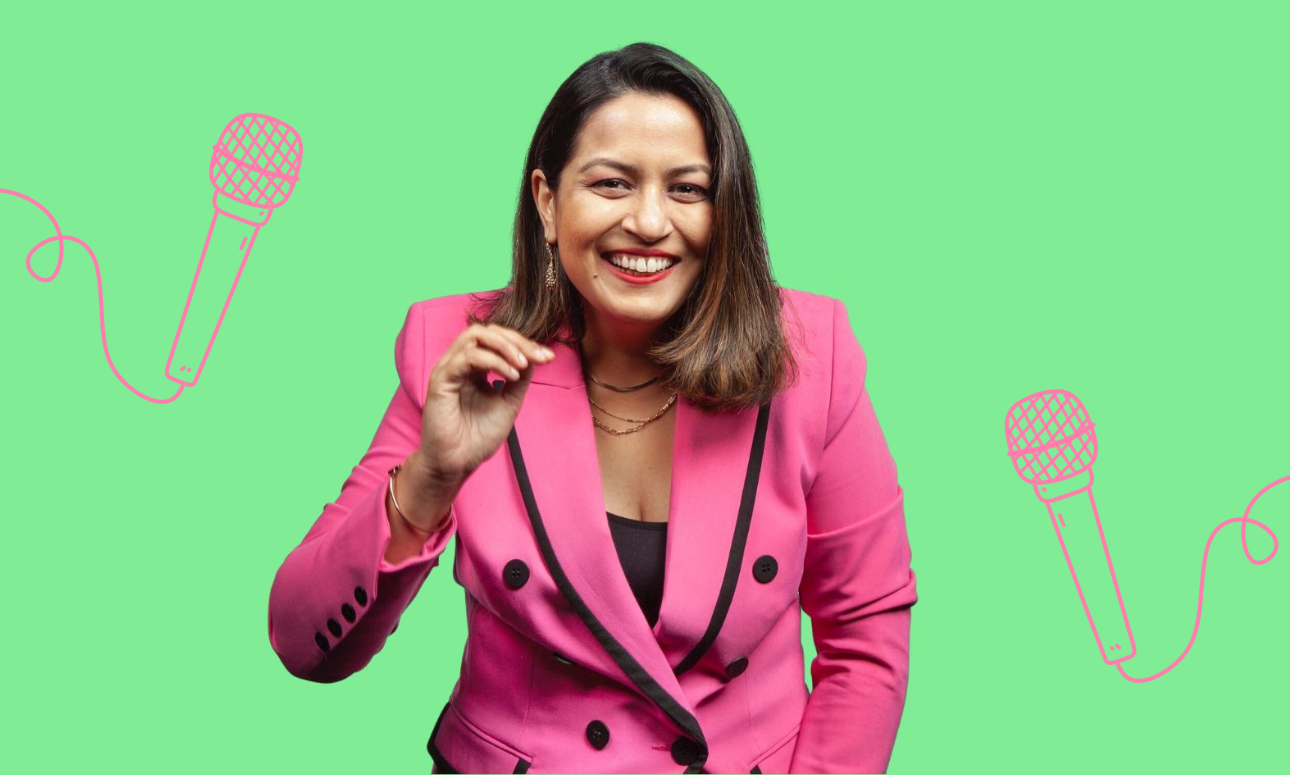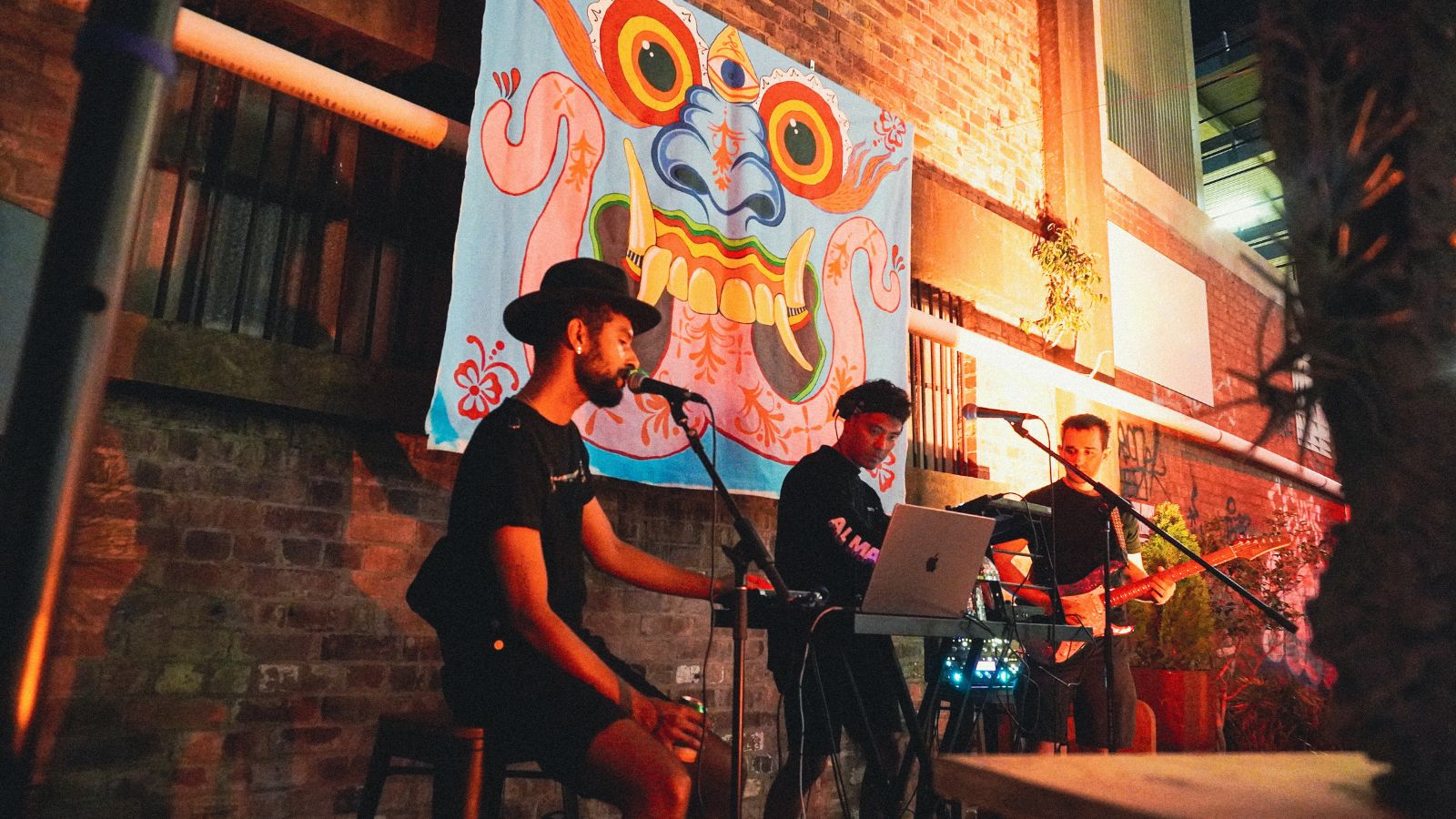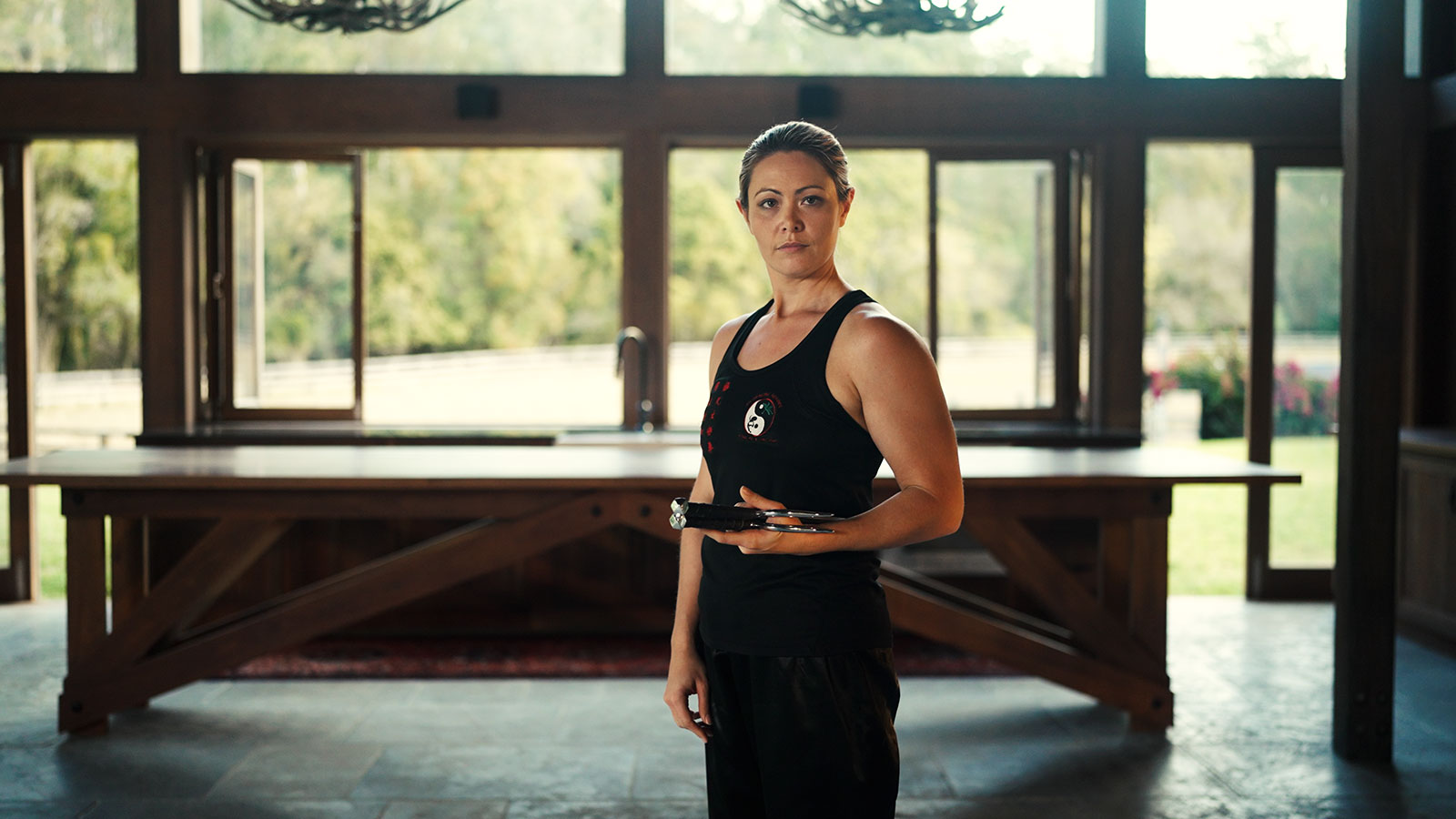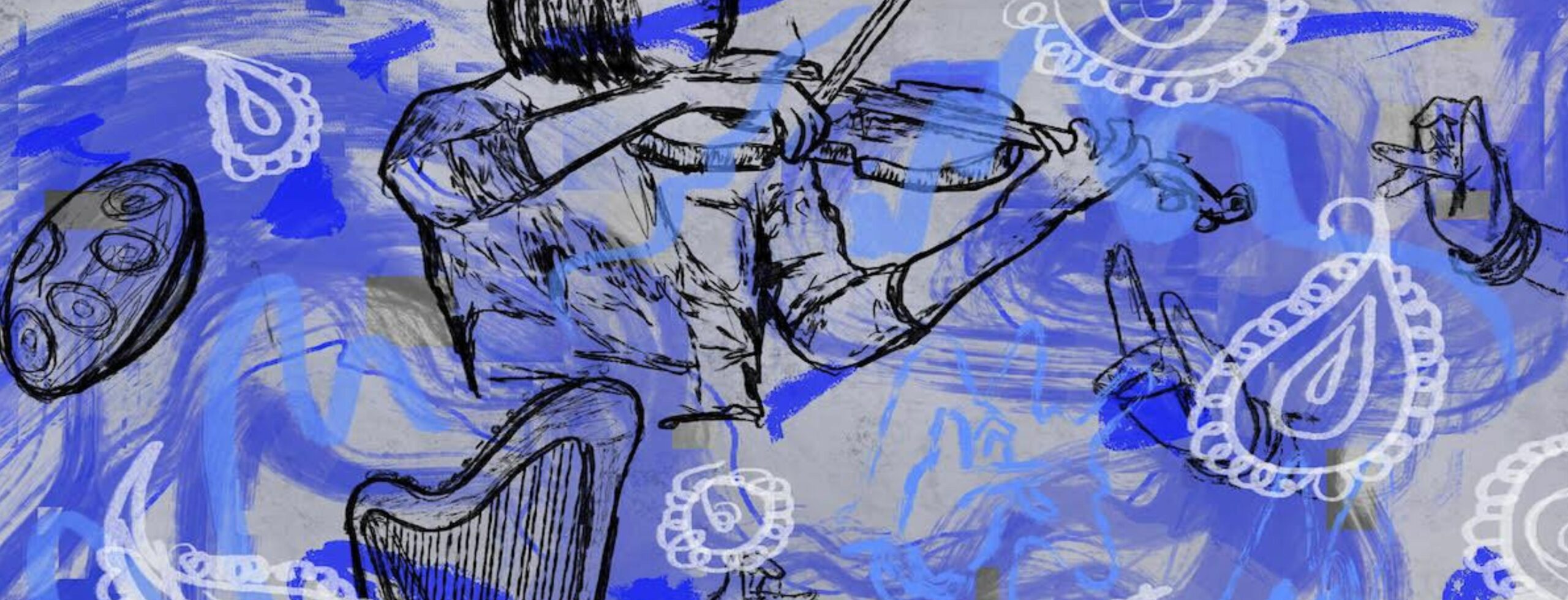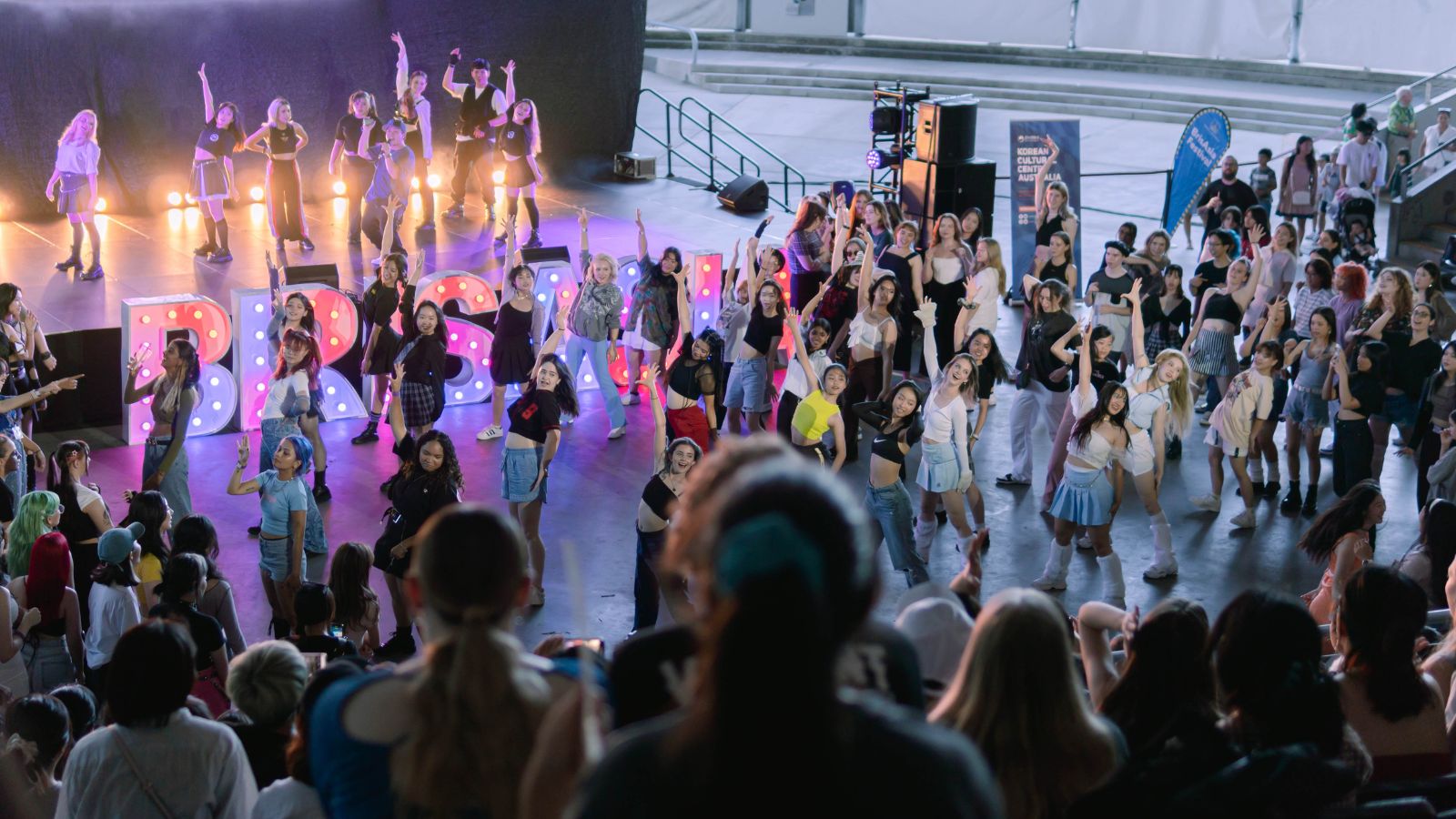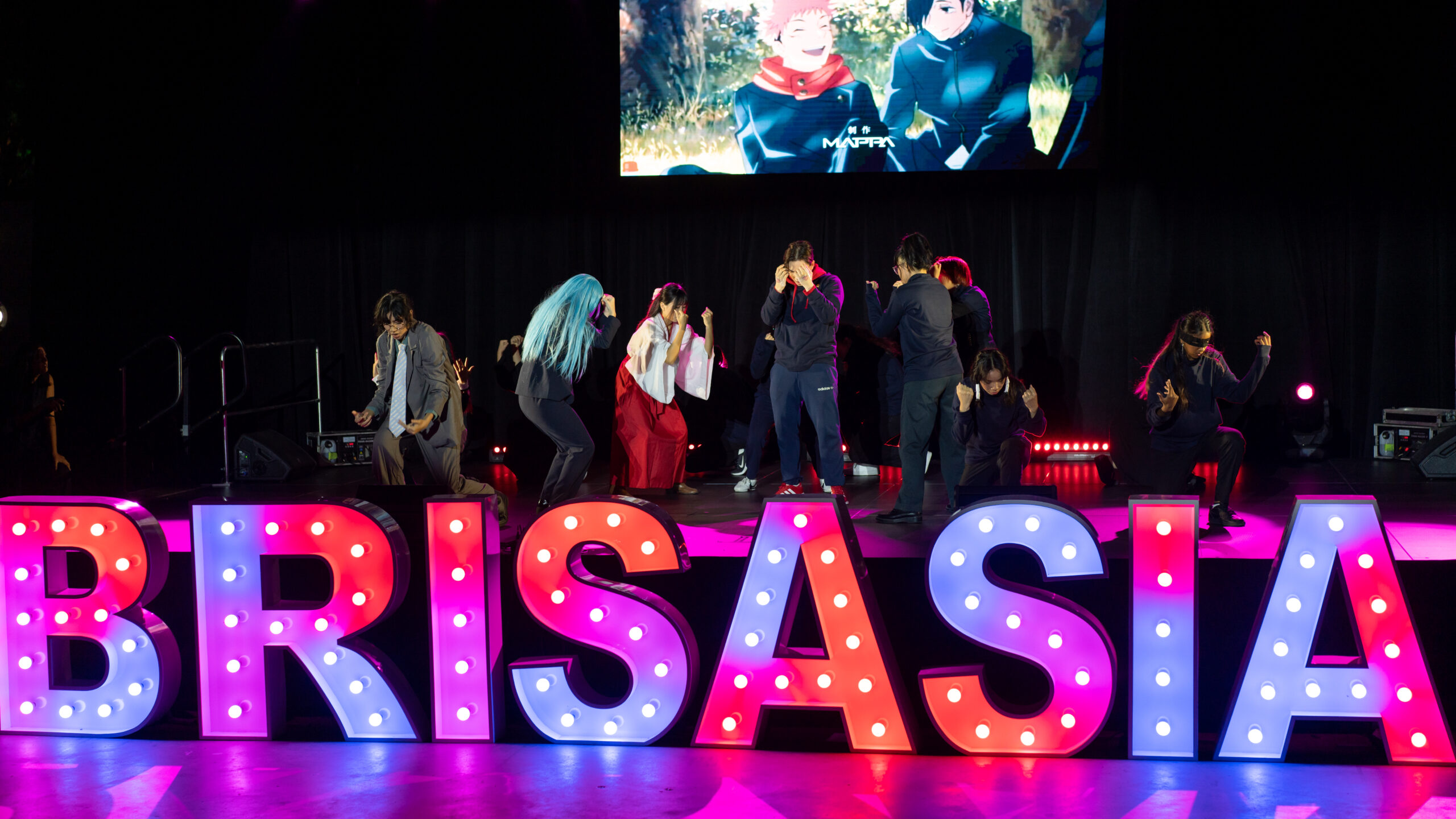Moving beyond the dualistic paradigm of top-down student focused education toward a more creative collaborative learning approach requires us to think a little differently about the role of the musician in schools, tertiary institutions and the broader community—particularly when the music teacher is a passionate practicing artist themselves. I believe that the burgeoning field of teaching artistry holds some interesting solutions to the way we might enhance the physical, mental and artistic health and wellbeing of both teachers and students by understanding that a teacher’s creative expression can be intimately integrated into the student’s musical and psychological development.
For too long our learning environments have been a one-way stream of disseminated information with the learning process dominated by what is sometimes referred to as the ‘absorption method’ where the teacher with the information imparts it to the student who lacks it. This method is not outdated or outmoded it is misplaced. In areas where a student lacks information the dissemination and absorption approach is ideal. In contexts where the student is teaming with knowledge and ideas (and this may be the case in many more contexts than we might imagine) a more collaborative, interactive and performative method is required. The performative approach is not new, novel or innovative it is fundamental and requires a safe space where the student can take risks, make mistakes and express ideas in a more experimental fashion—not unlike the way we learn to walk and talk—we just have a go and bumble about grasping at objects and making expressive verbal gestures as best we can, watching and listening those arounds us to get a sense of how it all works. Watching and listening music teachers play, improvise, explore and experiment is essential for this process to work and can be a lot of fun for both teacher and student when they do it together. The kind of music teacher required to facilitate this kind of learning is a ‘teaching artist’. Pioneer ‘teaching artist’ Eric Booth describes the teaching artist in his seminal book ‘The Teaching Artists Bible’ as “a practicing professional artist with the complementary skills, curiosities and sensibilities of an educator, who can effectively engage a wide range of people in learning experiences in, through, and about the arts.” He goes on to suggest that the “strength of teaching artistry is [its capacity to respond] inventively to specific goals, opportunities, and needs rather than delivering any established curriculum.” So teaching artistry poses risks for educators tentative about stepping outside well established curriculum—but that’s what teaching artists do—they can be disruptive yet the disruption creates the necessary cracks in existing frameworks to let in new light, new perspectives and new music. As Leonard Cohen poetically puts it; Forget your perfect offering, there is a crack in everything, that’s how the light gets in!
Dr. Anthony Garcia (Artistic Director – Sounds Across Oceans)
